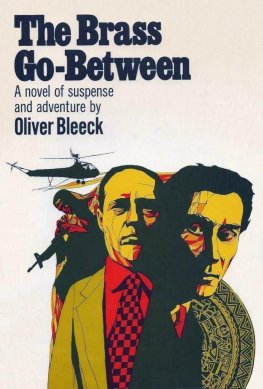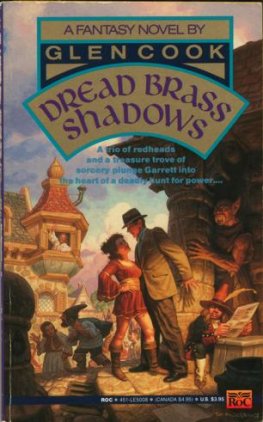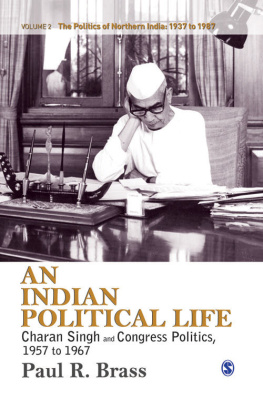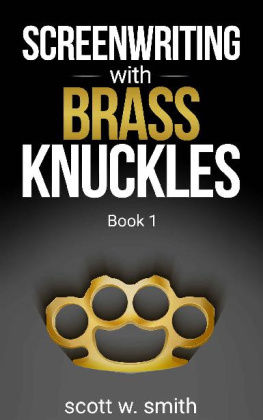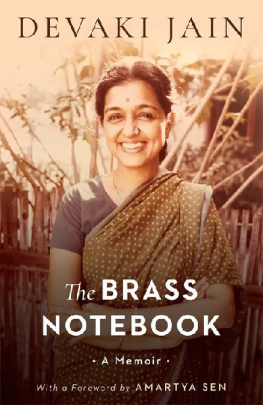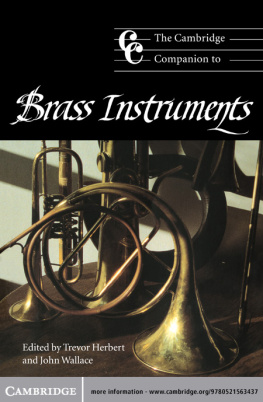First published 1998 by Ashgate Publishing
Reissued 2018 by Routledge
2 Park Square, Milton Park, Abingdon, Oxon, OX14 4RN
52 Vanderbilt Avenue, New York, NY 10017
Routledge is an imprint of the Taylor & Francis Group, an informa business
Copyright Roy Newsome, 1998
All rights reserved. No part of this book may be reprinted or reproduced or utilised in any form or by any electronic, mechanical, or other means, now known or hereafter invented, including photocopying and recording, or in any information storage or retrieval system, without permission in writing from the publishers.
Notice:
Product or corporate names may be trademarks or registered trademarks, and are used only for identification and explanation without intent to infringe.
Publishers Note
The publisher has gone to great lengths to ensure the quality of this reprint but points out that some imperfections in the original copies may be apparent.
Disclaimer
The publisher has made every effort to trace copyright holders and welcomes correspondence from those they have been unable to contact.
A Library of Congress record exists under LC control number:
ISBN 13: 978-0-367-13639-0 (hbk)
ISBN 13: 978-0-429-02767-3 (ebk)
Typeset in Sabon by Photoprint, Torquay, Devon
My intention when setting out to research material for this book was to concentrate on twentieth-century brass band music, with perhaps a lengthy introduction outlining the growth of bands and the development of their repertoire during the nineteenth century. However, the deeper I dug, the more it seemed that much needed to be said about what might be called the formative years, and gradually the emphasis changed, so that the major part of the book is, in fact, devoted to nineteenth-century bands and their music. It also quickly became evident that, far from being an isolated phenomenon in the field of popular music as is commonly presumed, virtually everything played by brass bands be it arranged or specially composed had its roots in the mainstreams of both classical and popular music. Influences from opera, the theatre, song and dance have always been recognized, but to the best of my knowledge have not, until now, been systematically discussed alongside the development of band music.
I had always intended to select 100 years as the basic study period, but it was quite some time before the years 1836 to 1936 emerged as sensible starting and finishing points. 1836 was the year in which the first published music for brass band appeared; it was also around this time that the term brass band became accepted as applying to a regular ensemble.
1936 makes an appropriate break-off point for a number of reasons. First, it was the last year in which the National Brass Band Championships were held at the Crystal Palace destroyed later that same year by fire, and it was the last of the golden years during which that illustrious group of British composers Holst, Elgar, Ireland, Howells and Bliss composed their famous test pieces. It was, in fact, the year of Blisss Kenilworth, the last original work to be written for the National Brass Band Championships until after the war. 1936 saw also the end of an era, with the deaths of Thomas Keighley, who had pioneered the introduction of the original work at the Belle Vue contests (see ).
My primary research areas have been the collection of early copies of Brass Band News, located at University College Salford, and music in various band libraries. I have also spent some time in the offices of the publishers Wright & Round in Gloucester, Boosey & Hawkes in London and R Smith & Company in Aylesbury. The office of British Bandsman in Beaconsfield, where past copies of the magazine are located, has also been a useful source of reference.
A further invaluable source has been Jack L Scotts PhD thesis, The Evolution of the Brass Band and its Repertoire in Northern England, completed at the University of Sheffield in 1970.1 well remember Mr Scott visiting Black Dyke Mills Band whilst I was its Resident Conductor. He examined the older music in the bands library, and together we discovered Enderby Jacksons Yorkshire Waltzes (1856), hidden away in some hand-written part books (to be discussed in ), only one of which displayed the actual title. Mr Scotts thesis has revealed a great deal of early information, and I acknowledge a substantial debt to it in the preparation of this present book.
The band historian, Raymond Ainscoe of Kirkby Lonsdale had, until recently, a valuable collection of books, scores, old posters and programmes. He very kindly allowed me to consult these, especially the 1860s Crystal Palace music. I am most grateful to Mr Ainscoe and even though the collection is now dispersed, I refer to it throughout the book as the Ainscoe Collection.
Other sources have been band libraries and the standard books on brass band history, particularly those by Arthur Taylor, Violet and Geoffrey Brand and Trevor Herbert, but especially the one to which all of us, I am sure, have made considerable reference, The Brass Band Movement by J F Russell and J H Elliott, published by Dent in 1936.
There are now many histories of individual bands several written to commemorate a centenary or some other anniversary. Early examples such as those about Stalybridge, Besses o th Barn, Bacup Old, Irwell Springs and St Hildas bands contain a wealth of information about the exploits of the respective bands in bygone years; most later ones are largely anecdotal, but often reveal significant facts about the origins of the particular band. Collectively, these histories have contributed much to my book, as have a number of the Brass Band Annuals, published around the turn of the century by F Richardson.
Local History Libraries have proved useful for following up specific events, and details of otherwise forgotten bands. Visits to those in Bolton, Bradford, Bury, Halifax, Huddersfield, Leeds, Manchester and Stalybridge have proved especially useful, and the treasures kept in the Henry Watson Library in Manchester have also revealed much information. The archives of Black Dyke and Besses o th Barn bands have been sources of much information and I am most grateful to these bands for granting me virtually free access.
Almost all the music examples appearing in the book come from the publications of R Smith & Co. Music Sales now owns the copyright for these works, and I am grateful to this company for allowing me to use the extracts.
Many people have influenced the course of the book, but I am especially indebted to two of them. These are Dr Derek Scott of the University of Salford and Rachel Lynch of Ashgate.
Brass Roots does not claim to be based significantly on original research from primary sources, but rather a compendium of information from a wide range of sources both primary and secondary many of which are not readily accessible. It is also based on the experiences of well over 50 years as a member of what is affectionately known as The brass band movement, with more than half of that time having been spent amongst the leading bands, and as a personal friend of all the leading brass band personalities of the time.




